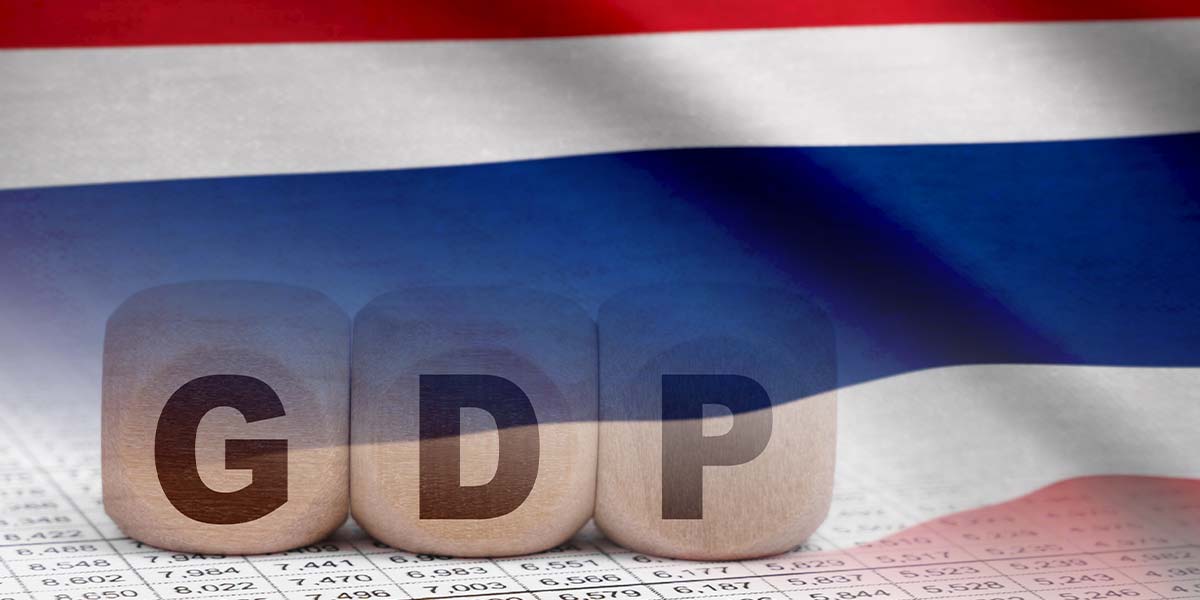Today (October 30, 2025), Mr. Vinit Visessuvanapoom, Director General of the Fiscal Policy Office (FPO) and spokesperson for the Ministry of Finance (MoF), stated that the Thai economic in 2025 is projecting to grow by 2.4% (within a range of 1.9 – 2.9%), an upward revision from the previous estimate of 2.2%.
The adjustment is attributed to the year-end economic stimulus measures such as the “Khon La Khrueng Plus” project, which is expected to advance private consumption by 3.0%.
Meanwhile, exports are anticipated to expand by 10.0% due to accelerated shipments to the U.S. and China, especially in computer and rubber product categories.
The government estimated that consumption would grow by 0.8%, public investment by 5.6%, and private investment by 1.7%. Headline inflation is expected to shrink at 0.2% as a result of declining energy prices, leading to a current account surplus of USD 20 billion, or 3.5% of GDP.
For 2026, the economy is expected to grow by 2.0% (within a range of 1.5 – 2.5%) due to the front-loaded exports this year aimed at avoiding U.S. trade tariffs, which will likely result in a 1.5% contraction in export value.
Nonetheless, tourism remains supportive, with 35.5 million international visitors expected. Private consumption is forecast to expand by 2.4%, and public investment by 3.0%.
In terms of stability, headline inflation for 2026 is projected at 0.5%, while the current account surplus is estimated at USD 15.5 billion, or 2.5% of GDP.
Mr. Vinit stated that MoF will continue to implement the “Quick Big Win” policy under the concept of “short-term stimulus, long-term results, broad-based distribution” to drive ongoing economic growth.
The policy is based on five pillars: stimulating the economy, reducing household debt, supporting SMEs, increasing savings, and investing for the future, with an emphasis on maintaining stable and sustainable fiscal health.
MoF is closely monitoring key risk factors including U.S. tax policy, the direction of Fed interest rates, U.S. dollar depreciation, geopolitical tensions, high household debt, and the relocation of production bases from countries affected by trade tariffs to Thailand.





